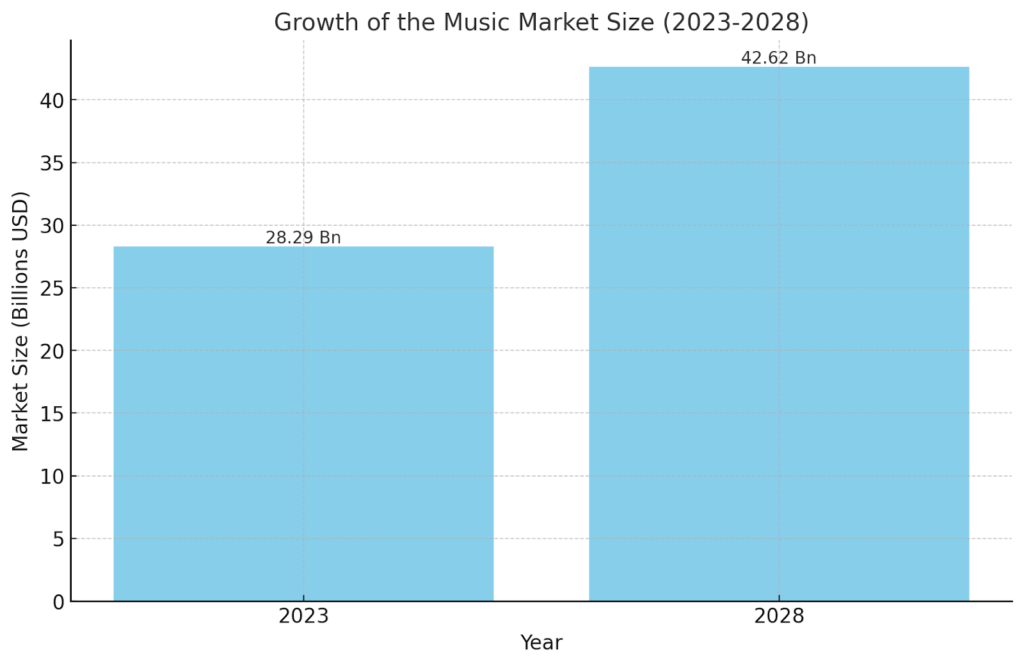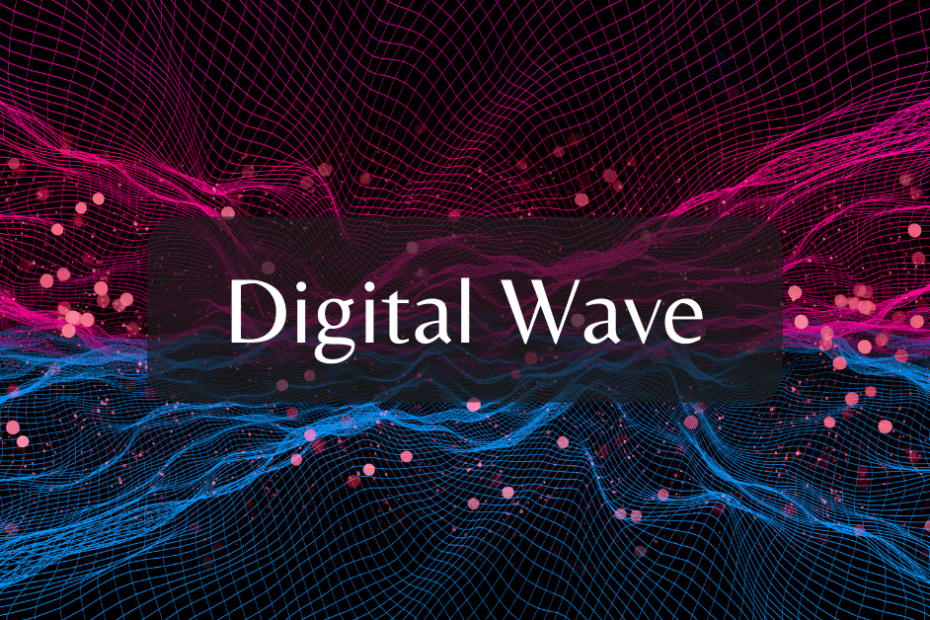In the ever-evolving world of music, the way we access and enjoy our favorite tunes has undergone a dramatic transformation. From the nostalgic crackle of vinyl records to the seamless clicks on digital platforms, the journey of music distribution is a rich tapestry of technological advancements and cultural shifts. This evolution has not just changed how we listen to music but also how it’s shared, monetized, and experienced. In this exploration, we delve into this fascinating journey, tracing the steps from tangible media formats like vinyl and CDs to the intangible yet omnipresent digital realms of streaming and online platforms.
As we navigate through the current landscape of digital music distribution, a dynamic and complex picture emerges. Today’s music industry is dominated by streaming services such as Spotify, Apple Music, and SoundCloud, which have revolutionized the way music is consumed. These platforms have not only democratized music accessibility but also raised questions about artist compensation, copyright laws, and digital rights management. Furthermore, social media’s role in music distribution is undeniable. Platforms like YouTube and Bandcamp have become pivotal in artist discovery and fan engagement, offering a direct line of communication between artists and their audience. The influence of social media has even extended to shaping music trends and launching careers overnight. This digital wave, while bringing convenience and a global reach, also comes with its set of challenges and ethical considerations.
This article aims to provide a comprehensive understanding of the past, present, and potential future of music distribution. By examining the historical milestones and current trends, we will gain insights into the challenges and opportunities that lie ahead in this rapidly changing landscape. We will explore how emerging technologies, evolving consumer preferences, and shifting industry dynamics are shaping the future of how music is distributed and experienced. From the impact of artificial intelligence and blockchain to the potential of virtual and augmented reality in music, we are on the cusp of a new era in music distribution. Join us as we delve into these exciting developments, offering a glimpse into what the future may hold for artists, industry professionals, and music lovers worldwide.
The Evolution of Music Distribution
The Vinyl Era and Beyond: Tracing the Roots of Music Distribution
The story of music distribution is a fascinating chronicle of innovation and cultural change. It began with the vinyl record, an iconic medium that not only delivered music but also became a symbol of the era. The tactile experience of flipping through record collections, the ritual of placing the needle on the record, and the unique sound quality of vinyl created a deep connection between the listener and the music. As technology advanced, the compact disc (CD) emerged, offering clearer sound and a more convenient format. This shift marked a significant change in music consumption, with CDs becoming the dominant form of physical music media.
From MP3s to Streaming: The Digital Revolution
The introduction of MP3s marked the beginning of the digital music era. This format allowed for the compression of sound files, making it easier to store and share music digitally. The advent of MP3s led to the rise of digital music players and eventually, to the birth of streaming services. Streaming platforms have fundamentally altered the music distribution landscape, making it possible to access vast libraries of music instantly and on-demand. This shift to digital platforms represents a paradigm shift in music distribution, moving from ownership to access, from physical collections to digital libraries.
The Current Landscape of Digital Distribution
Streaming Services: The New Gatekeepers of Music
Streaming services like Spotify, Apple Music, and SoundCloud have become the primary channels for digital music distribution. These platforms have transformed the music industry, offering an unprecedented level of accessibility to both artists and listeners. With millions of songs just a click away, these services have changed the way people discover and listen to music. They also play a crucial role in revenue generation for the industry, though they have sparked debates over fair artist compensation and royalty distribution.
Direct Artist Distribution and Social Media: Democratizing Music
In addition to streaming services, direct artist distribution platforms like Bandcamp have emerged, empowering artists to take control of their music distribution. These platforms allow artists to sell their music directly to fans, often bypassing traditional industry gatekeepers. Social media platforms, notably YouTube, have become instrumental in music distribution as well. They offer a space for artists to share their work, connect with fans, and even go viral, reaching global audiences without the need for traditional distribution channels.
Embracing Digital Distribution as an Artist
Step-by-Step Guide for New Artists to Distribute Music Digitally
In the current digital era, artists have unprecedented access to audiences worldwide. Here’s a step-by-step guide to leverage digital distribution effectively:
- Understand Digital Distribution: Before diving in, understand what digital distribution is. It’s the process of getting your music onto online platforms and stores where listeners can stream, download, or purchase your music.
- Choose a Digital Distribution Service: Many platforms can help you distribute your music digitally. Services like DistroKid, CD Baby, and TuneCore are popular among independent artists. Research each platform’s fees, reach, and services to find the best fit for your needs.
- Prepare Your Music: Ensure your music is professionally recorded, mixed, and mastered. The quality of your music is crucial in the digital space.
- Create Engaging Artwork and Metadata: Your album art and track metadata are important. Make sure your artwork is eye-catching and professional. Proper metadata (like song titles, artist name, album name) ensures your music is easily searchable.
- Distribute Your Music: Once you’ve chosen a distributor, upload your music files, artwork, and metadata. The distributor will then push your music to various digital platforms like Spotify, Apple Music, and Amazon Music.
- Promote Your Music: Simply distributing your music isn’t enough. Use social media, email newsletters, and other marketing strategies to promote your music. Engage with your fans and create excitement around your releases.
- Monitor and Analyze: Most distribution platforms provide analytics. Use this data to understand your audience and refine your future releases and marketing strategies.
- Monetize Your Music: Explore ways to monetize your music. This can include streaming revenue, digital downloads, merchandise sales, and live performances.
Remember, digital distribution is not just about access; it’s about making an impact in a crowded digital space. Engage with your audience, understand their preferences, and continuously refine your approach.
Emerging Market Dynamics in Digital Music Distribution

The global music market has witnessed substantial growth, evolving from a $28 billion industry in 2018 to a projected $42 billion by 2028. This significant expansion, growing at a compound annual growth rate (CAGR) of 8.54%, reflects the deepening penetration of digital distribution in the music industry. The rise is fueled by increasing internet access worldwide and the growing popularity of online streaming platforms such as Spotify, Apple Music, and YouTube Premium. As digital platforms continue to gain traction, they reshape the landscape of music consumption, offering artists innovative ways to reach global audiences and revolutionize revenue generation models. This trend indicates a vibrant future for digital music distribution, marked by technological advancements and evolving consumer preferences.
Top 5 Innovations Shaping Music Distribution
The Vanguard of Change: Technologies Redefining the Music Industry
- Smart Contracts: Smart contracts on blockchain platforms are transforming the way music rights and royalties are managed. They automate the royalty payment process, ensuring artists receive their dues promptly and transparently.
- High-Definition Streaming: The rise of high-definition audio streaming services caters to the audiophile market, offering superior sound quality over traditional streaming. This innovation appeals to those who seek a richer and more detailed listening experience.
- Social Media Integrations: Social media platforms have become integral to music distribution. They enable artists to directly engage with their audience, promote new releases, and even distribute music directly through these platforms.
- Cloud-Based Distribution: Cloud-based platforms offer scalable, accessible, and efficient ways for artists to store and distribute their music globally. These platforms reduce the barriers to entry for independent artists and small labels.
- Personalized Algorithms: Advanced algorithms are shaping how listeners discover music. Streaming services use these algorithms to create personalized playlists and recommendations, enhancing user experience and engagement.
These innovations are not just reshaping how music is distributed; they are redefining the relationships between artists, industry stakeholders, and listeners. They offer new opportunities for discovery, engagement, and monetization, heralding a more dynamic and personalized music ecosystem.
The Ethical Dimension of Music Distribution
Navigating the Moral Compass in Digital Music Distribution
The digital age has brought forth numerous opportunities in music distribution, yet it also poses significant ethical challenges that warrant attention.
Fair Artist Compensation: A pressing concern in the digital music world is the equitable compensation of artists. The streaming era has been criticized for its revenue-sharing models, which often leave independent artists and smaller labels with minimal earnings. Ensuring fair pay for creators is not just a business imperative but a moral one, as it respects the labor and creativity that go into music production.
Data Privacy and Security: In an era where consumer data is gold, protecting listener privacy becomes paramount. Streaming services, equipped with vast amounts of user data, must navigate the thin line between personalization and privacy invasion. Upholding robust data security measures and transparent privacy policies is crucial in maintaining user trust.
Cultural Impact and Diversity: The global reach of digital platforms brings diverse music to the forefront, yet it also raises concerns about cultural homogenization. Preserving cultural diversity in music and providing platforms for underrepresented artists are ethical considerations that digital distributors must actively address.
Addressing these ethical dimensions is not just about adhering to regulations; it’s about building a sustainable, respectful, and diverse music ecosystem that benefits all stakeholders.
Some FAQs Answered on Digital Music Distribution
How do copyright issues affect digital music distribution?
Copyright laws play a crucial role in digital music distribution, ensuring that creators are compensated for their work. Navigating copyright in the digital space involves understanding licensing agreements and ensuring all distributed content has the proper permissions.
What are the primary ways artists can monetize their music online?
Artists can monetize their music through streaming royalties, digital downloads, merchandise sales, and licensing deals. Additionally, platforms like Patreon allow artists to receive direct support from their fans.
Which digital platforms are most effective for music distribution?
Platforms like Spotify, Apple Music, and Amazon Music are key players in streaming. For independent artists, Bandcamp and SoundCloud offer more control over distribution and revenue.
In conclusion, as we navigate the digital wave of music distribution, it’s clear that this journey is not just about embracing new technologies but also about understanding and addressing the ethical implications that come with them. From ensuring fair artist compensation to safeguarding data privacy and upholding cultural diversity, these considerations are integral to building a sustainable future for music distribution. For artists, industry stakeholders, and consumers, adapting to these digital trends is not just a matter of staying relevant; it’s about shaping a music industry that is equitable, respectful, and vibrant for generations to come.

Eric Dalius is The Executive Chairman of MuzicSwipe, a music and content discovery platform designed to maximize artist discovery and optimize fan relationships. When he’s not working for MuzicSwipe, he perhaps hosting the weekly podcast “FULLSPEED,” engaging with inspiring entrepreneurs from various sectors. Additionally, through the “Eric Dalius Foundation,” he has established four scholarships for US students. Stay in touch with Eric on Twitter, Facebook, YouTube, LinkedIn, Instagram, and Entrepreneur.com.

